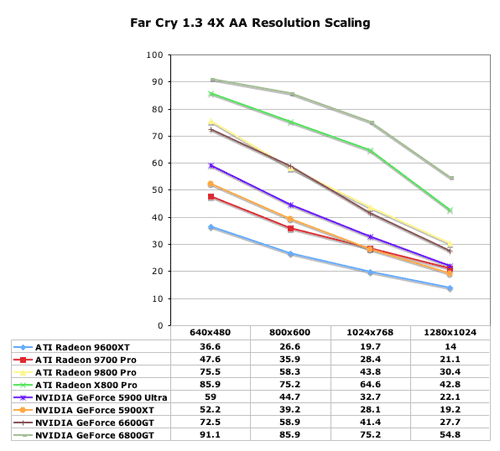Proper HDR ranges (10k+ lux white outdoor walls hit by direct sunlight, 0.1 lux dark indoors) and physically plausible GGX specular result in very high brightness ranges. Old LDR games were muted in comparison. Didn't even need eye adaptation.
This video is a good example how bad GGX specular looks on industrial surfaces (DOOM like) when there's no specular antialiasing applied:
(FF over the marketing bullshit in the beginning)
Modern PBR rendering needs either temporal AA or some specific specular AA solution (Toksvig mapping, LEAN mapping, etc). MSAA does not adequatly remove specular aliasing.
One of the first titles with a lot of specular aliasing I noticed was Crysis 3. According to Crytek it had some PBR pipelines but no PBR materials.
TXAA could not help aginst the specular aliasing. Yes, developers have to intigrate something (specular anti aliasing) into the TAA to reduce shimmering.




